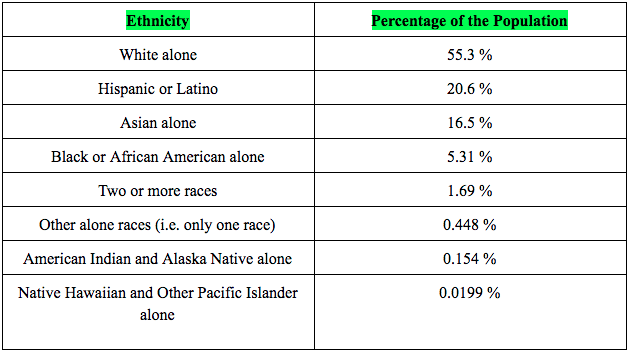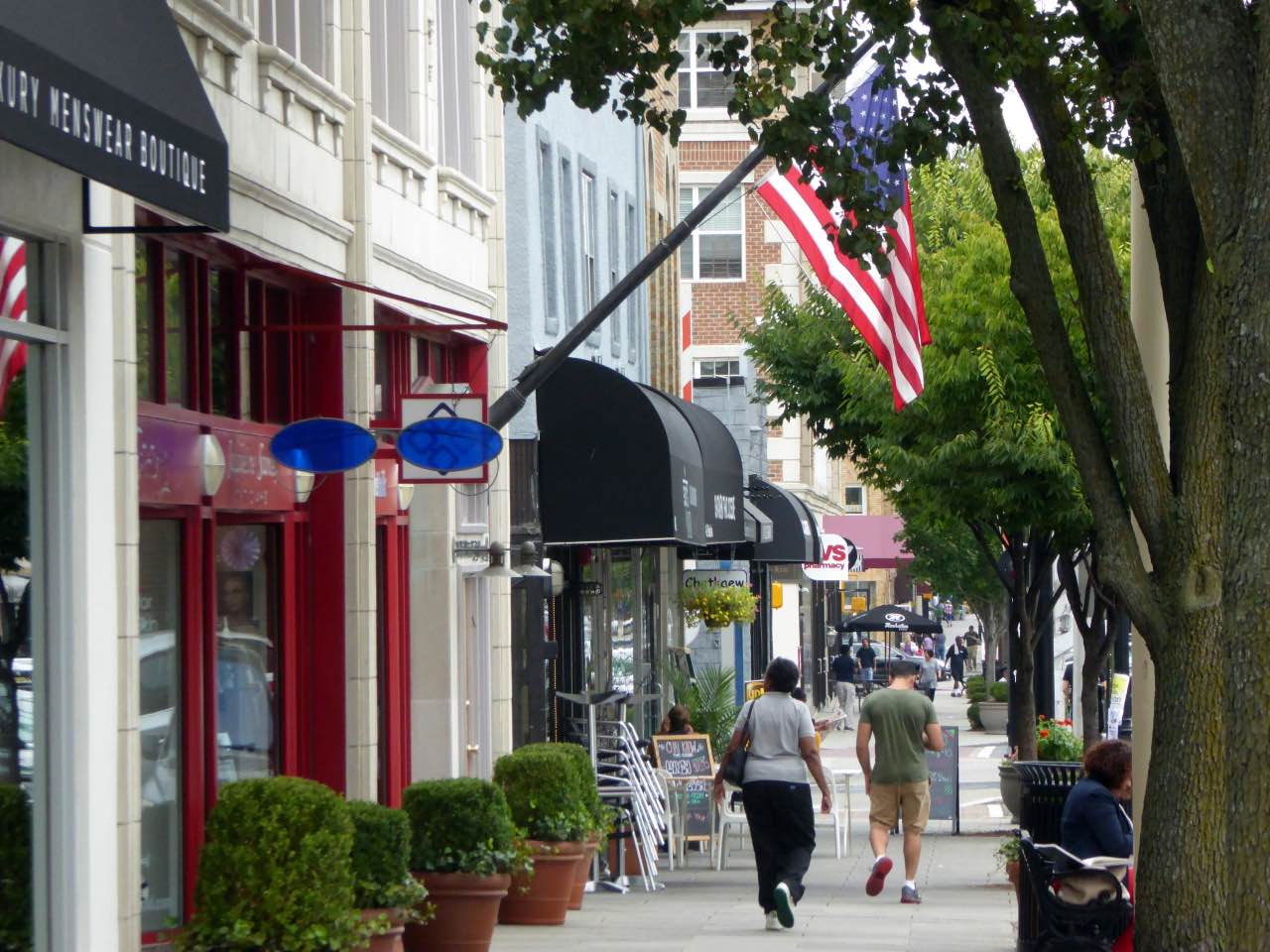
Bergen County, New Jersey is a densely-populated region of the state. Its location provides easy accessibility to New York City and other state borders, such as New York state and Pennsylvania. Bergen County’s population consists of 937,000 people, 88.9% of which are U.S. citizens. Despite its size, nearly one-third of the county’s residents are foreign-born at 30.1% (almost three times the national average of 13.7%). Although more than half of the population is White, the other half of the county is far more diverse. This proves to be an asset in many aspects, such as in the social sector, which is arguably most represented throughout society:

Language: In Bergen County, most of the population is White only. However, the second largest percentage of the population is made up by Hispanic or Latino residents. The most common foreign language spoken in the county is Spanish with 143,330 speakers. The next largest is Korean with 48,839 speakers, and last is Tagalog (including Filipino) with 16,045 speakers. Being bilingual helps with many aspects of life, especially with employment. This is one aspect in which immigration holds a significant impact: if someone speaks a frequently-spoken language, such as Spanish, the individual is at a great advantage when looking for employment. Those who are bilingual are also able to communicate with a much wider range of people, which benefits them in social aspects.

Social Settings: The influences of each race and nationality are represented throughout society, especially in stores and restaurants. Bergen County offers cuisine from every other part of the world, and town centers often have diverse restaurants located one after another. Without immigrants, these restaurants would most likely not exist or be popular in the United States, much less within a small state such as New Jersey. When immigrants migrate to the states, many of them open restaurants and take-out restaurants. Towns such as Englewood offer restaurants and dining areas of different backgrounds, especially downtown: Italian, Japanese, Mexican, American, Mediterranean, Thai, among so many others. The main streets, such as Grand Avenue and West Palisade Avenue, also add to each venue’s accessibility. The list of restaurants in this town can be found here. Because of the high number of immigrants in towns, restaurants are authentic and showcase the stories of so many immigrants. They leave their home countries to start new in New Jersey, but they always carry a piece of their homes with them. Americans can try to emulate cultures, but nothing is as genuine and authentic as those who actually experienced these places themselves.
____________________________________________________
Bibliography
“Bergen County, NJ.” Data USA, 2018.